Around CGM, Cui Yongyuan and Fang Zhou wiped their guns on Weibo.
Xiao Cui is convinced that Zhou Zi is stubborn and each holds his word. It is difficult to distinguish between the two.
On the one hand, it represents the public’s general anxiety about genetic modification and represents the confidence and determination of some people to push genes.
This PK staged multiple rounds in China and even the world. It was not new. It was just that two well-known figures had come back to life.
Cui Yongyuan said: Genetically modified food, do you eat it? You can choose to eat, I can choose not to eat. You can say that you understand "science" and I have reason to have the right to question that what you know "science" is scientifically unscientific. You can say I am an idiot, I can say you eat.
Fang Fang returned: You can of course choose not to eat, but don’t pass it on to hinder the development of Chinese agricultural technology. My popular science is the science approved by authoritative scientific institutions in various countries. You do not understand it. What qualifications are you questioning? Fang has even shown that he is a doctor of biochemistry of the United States and engaged in popular science for many years to prove his authority and indisputable.
The data quoted by the very genetically modified foods are: The United States' GM soybean production accounts for 93% of the total US soybean production. Most of the U.S. soybeans are used in China. It is expected that domestic consumption will be 47.2 million tons in 2012-2013, and 37.30 million tons will be exported to foreign countries, accounting for about 45% of the total output. According to a 2011 study by Henry Miller, a researcher at the Hoover Institution at Stanford University in the United States, Americans spent a total of 3 trillion GM foods over the past 10 years. This is to prove the legitimacy of the Chinese people to eat genetically modified foods.
However, it is undeniable that even in the United States, the debate over genetically modified foods has not been eliminated. Its Asia’s close ally, Japan, even tried to stop GM foods by vigorously promoting organic agricultural products. Europe also adopted a strict market access system, even if The U.S., which is extremely reassured by GM foods, has not directly applied GM technology to human staple foods.
Different from the relatively complete legal environment and strict food regulatory system formed in the West, the legitimate rights and interests of Chinese consumers are lack of a sound legal system. The cost of rights protection is high, and the right to know, choose, supervise, and claim are often not respected. The Lag of Social Science Work in the Whole Country – In 2012 China's scientific survey, the public with basic scientific literacy accounted for only 4% of the public. Therefore, the government maintains a high degree of transparency in the process of introducing and promoting genetically modified foods, and marks the food with great enthusiasm. It is natural for the public to choose independently.
Even in the United States, people’s concerns are long-standing—a poll conducted two years ago by the Thomson Reuters Group showed that 21% of people believe that safety is a safe and 64% Uncertain, 15% believe that it is unsafe, and 90% of people believe that those foods made from genetically modified raw materials should be specifically noted.
In addition, various types of food safety incidents occurred one after another, and under the administrative supervision system, due to the low water supply and low treatment efficiency, the government’s credibility was overdrawn. When the government pushed for genetically modified foods, it caused a sharp rebound in public opinion. Expected. In this context, relying on the popular controversial Fang Zhouzi to unite some scientists to promote genetically modified foods will appear to lack credibility.
The general consensus in the scientific community is that: Since the application of genetic modification technology to human food in 1996, there is currently no evidence that transgenes are harmful to human health. But the progress of science and technology is endless, and today's harmlessness does not mean that the challenge of transgenes for bioethics is not discovered in the future.
In 1948, DDT and his discoverer of toxicity, the Swiss chemist Paul Hellman Miller, discovered the Nobel Prize in physiology or medicine that year. But the use of insecticides such as DDT is like trading with the devil: it kills mosquitoes and other pests, and may also increase crop yields, but it also kills beneficial insects. In 1962, the famous American marine biologist Rachel Carson completed the "Silent Spring" in 1962 after fighting with DDT and the huge interest groups behind him. He died two years later in the attack. Today, she has become a banner to protect the environment and adhere to the truth.
At the end of the book, Rachel Carson said: "The more clearly we focus on the natural wonders and objective things in the universe, the less we try to destroy them."
This passage was also given to those who today blindly worship the trust genetically modified. Controversy is not a bad thing. No one holds the absolute truth - no matter what kind of label he has on his body, what kind of identity he has.
However, the current controversy over genetic modification has gone far beyond the scope of science. Even if some of these foods are safe, it is more urgent to promote in China and create an institutional environment that can be eaten as soon as possible. (Source: Workers Daily)
Tempered or toughened glass is a type of safety glass processed by controlled thermal or chemical treatments to increase its strength compared with normal glass. Tempering puts the outer surfaces into compression and the interior into tension. Such stresses cause the glass, when broken, to crumble into small granular chunks instead of splintering into jagged shards as plate glass (a.k.a. annealed glass) does. The granular chunks are less likely to cause injury. Toughened glass is a kind of safety glass.
Toughened glass can be made on customer's request, clear toughened glass, ultra clear toughened glass, colored tinted toughened glass, printed toughened glass, back painted toughened glass, frosted toughened glass, toughened Laminated Glass, toughened Insulated Glass, toughened Vacuum Insulated Glass and so on.
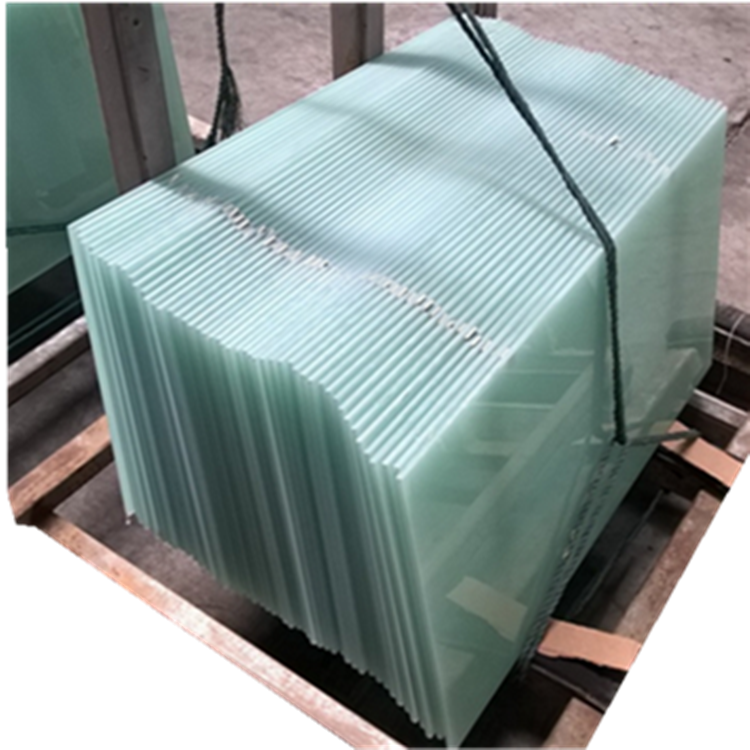
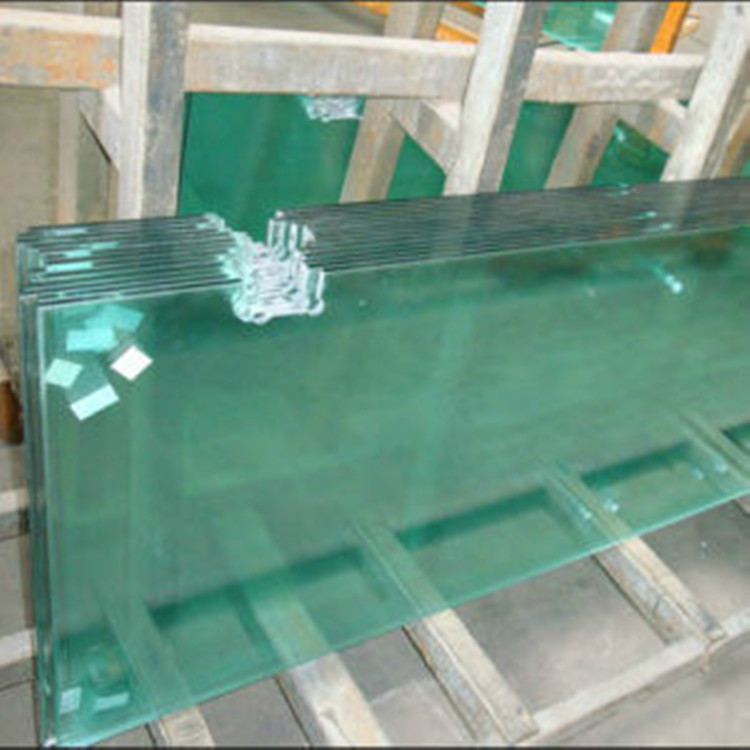

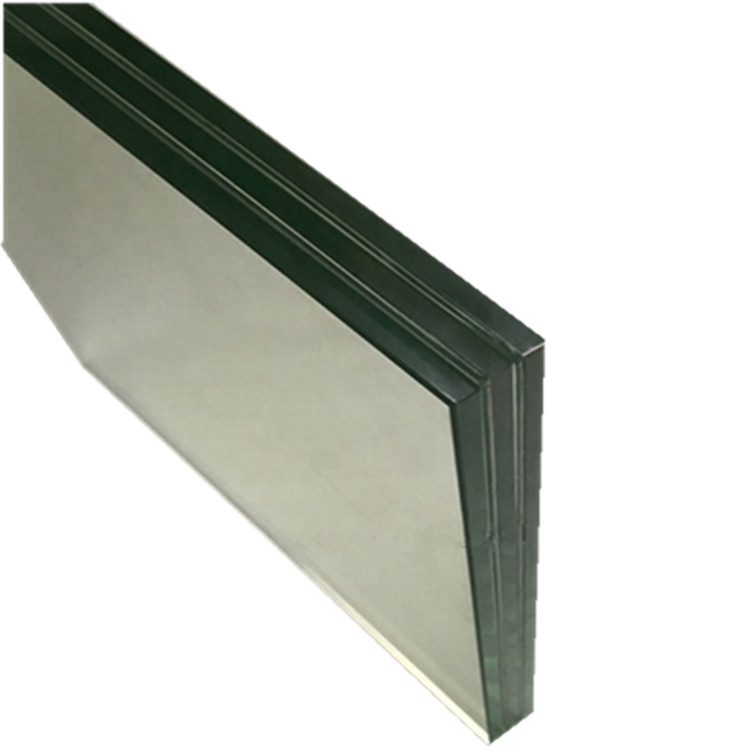
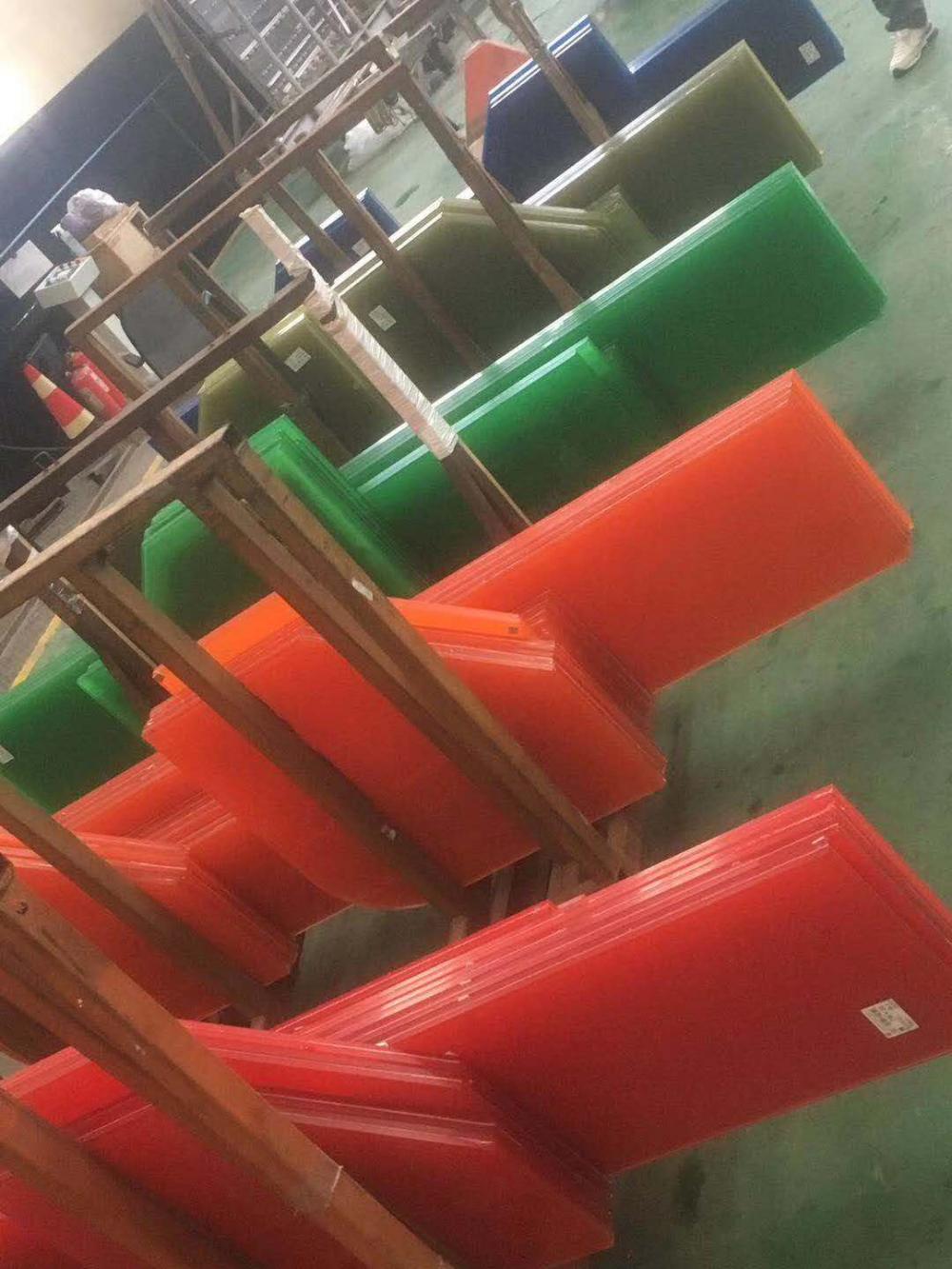

Toughened glass can be used for furniture, buildings, doors, windows, walls, table tops, fence, partitions, railings, balcony, balustrade, shower room and so on.



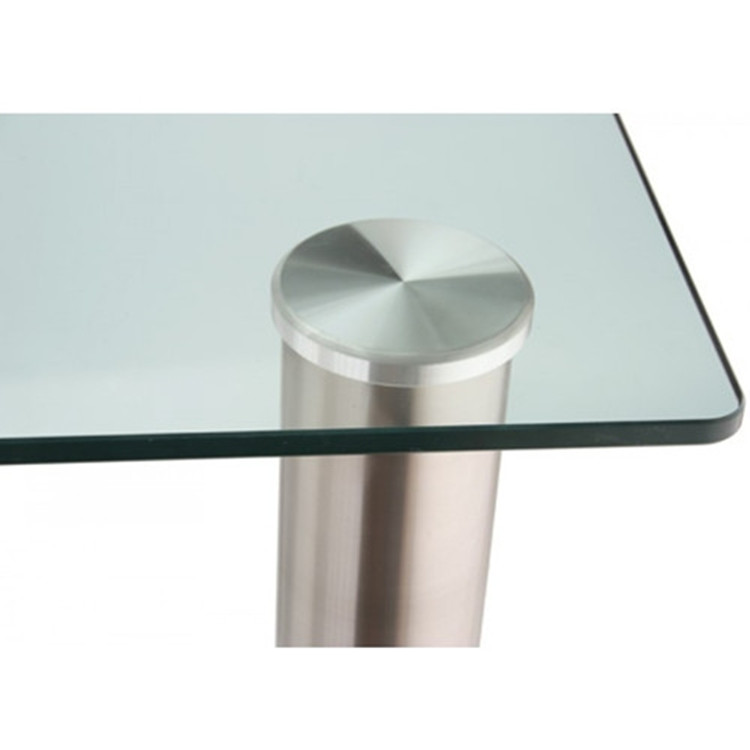
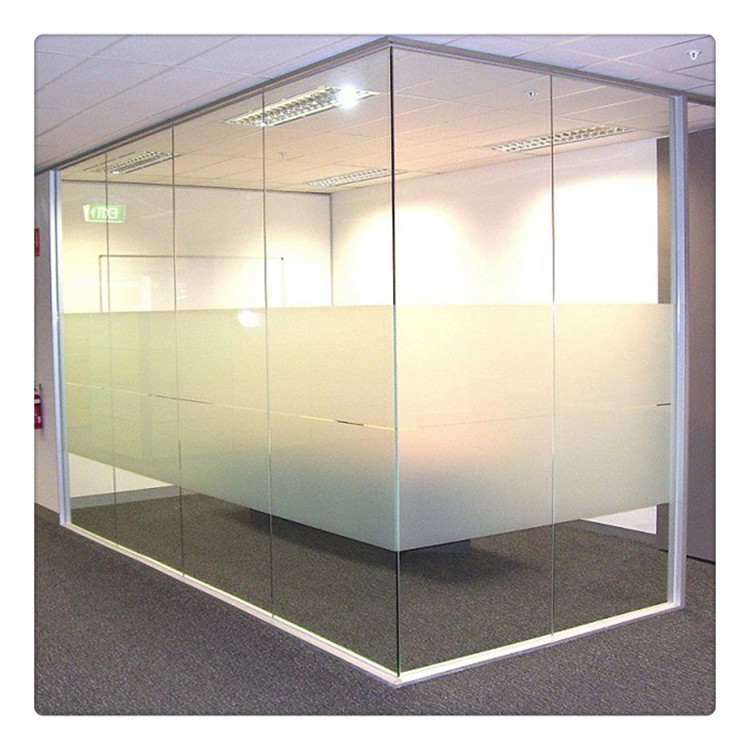
toughened glass, clear toughened glass, color tinted toughened glass, ultra clear toughened glass, back painted toughened glass, silk printed toughened glass
Shanghai Lead Glass Co.,Ltd , https://www.leadglazing.com
